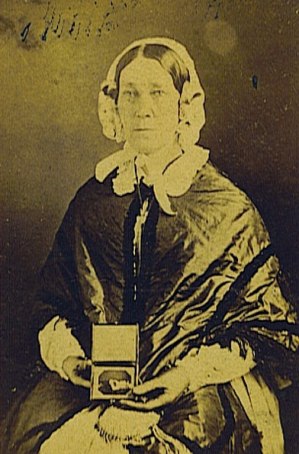Today is Columbus Day, a day many of us in America learned about in school. When I learned about it (I won’t tell you how long ago that was…) teachers only talked about Columbus but not about the people already inhabiting America or about their suffering and their strength. Luckily, we live in much more enlightened times and kids today are also taught that this is also Indigenous Peoples’ Day, a celebration not just of Columbus but also of the Indigenous people who were already on American soil.

Photo Credit: A modern Ohlone family in traditional Ohlone dress, taken 21 February 2-15 and displayed in the Palace of Fine Arts in San Francisco, CA: Noahedits/Wikimedia Commons/CC BY 2.0
I came across the history of the Ohlone of California after doing research for Book 5 of the Adele Gossling Mysteries (coming out next year). I was interested in Native American tribes that settled specifically in the Bay Area and the Ohlone interested me. Calling the Ohlone a “tribe” is actually incorrect. These people indigenous to the Bay Area actually made up at least fifty tribes with different languages, practices, and cultures. The Ohlone population decreased with rapidity during the years Mexico owned California for several reasons, including infant mortality, plagues, and persecution. By the mid-nineteenth century, the Ohlone population had been reduced by almost ninety percent.
That was also the time when the already dwindling Ohlone population suffered more tragedies at the hands of the new American government, as California became a state in 1850. Massacres took away more of their people and the government took away much of the land that had been theirs. By the turn of the century, there were less than fifty Ohlone people left and the majority of them lived more of a Mexican than an Ohlone life.
We can be thankful that today, the diverse tribes of the Ohlone have been recognized and the culture of these tribes revitalized and celebrated.
So happy Indigenous Peoples’ Day!
If you love fun, engaging mysteries set in the past, sign up for my newsletter to receive a free book, plus news about upcoming releases, fun facts about women’s history and mystery, and more freebies! You can sign up here.





